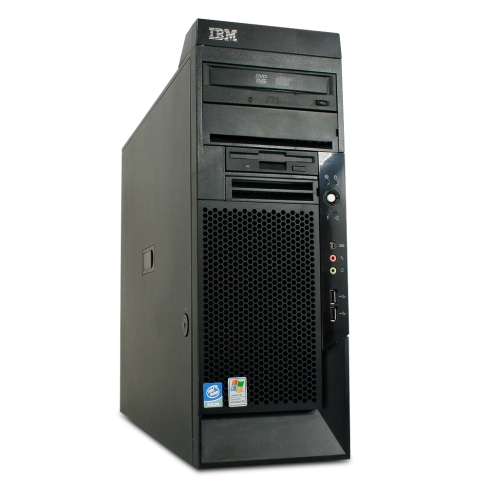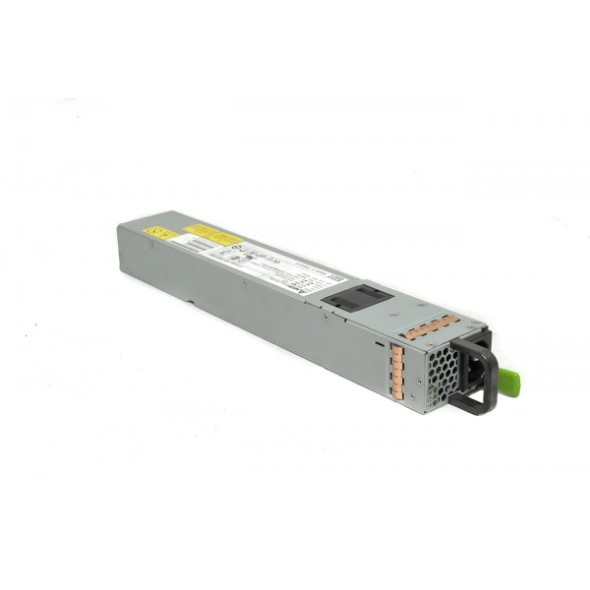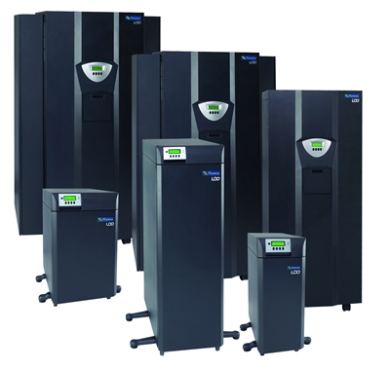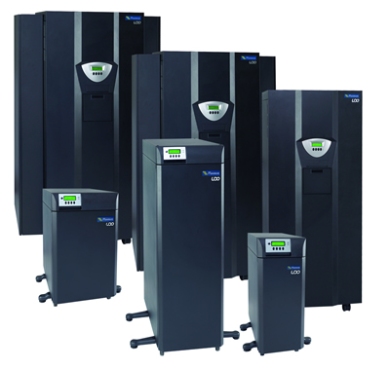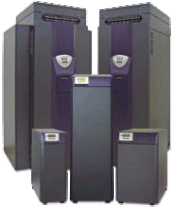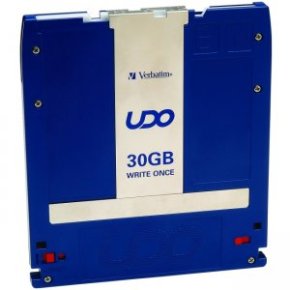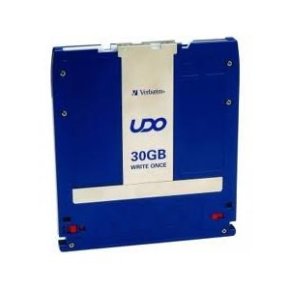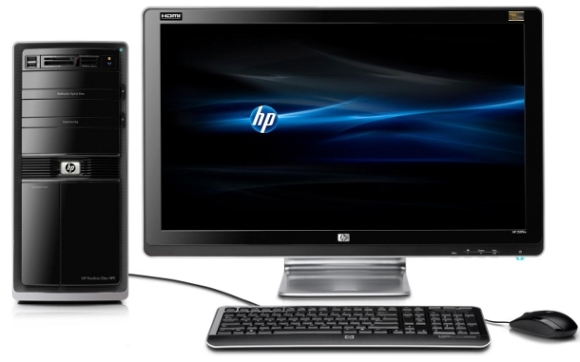Computer workstations are intended for the business professional who requires a good degree of power for their day to day computing operations. Workstations are a class above the casual desktop computers, being more akin with high end performance gaming desktops. Workstations are optimized for business deployments, often being tower forms which are convertible to rack configurations. However, today’s workstations are something which entail a heavy overhead cost which might exceed your current budget by a good deal. If you’re looking for an affordable workstation which doesn’t limit you in your business operations, you might consider an older model of a workstation. The IBM IntelliStation M Pro is one such workstation which, though not the latest model, has retained viability in the workstation class due to a solid configuration and a high degree of expandability. Check it out below.
The IBM IntelliStation M Pro: At a Glance
The IntelliStation M Pro is available in several configurations. For this particular review, we will be focusing on one of the most business-balanced builds available, the Pro 9229 configuration. The M Pro is a good, balanced machine which offers a wide degree of functionality for a low cost compared to current workstation models. Check out the advantages and disadvantages of the IBM IntelliStation 9229 below.
The Good – Performance and Configuration
The IBM IntelliStation 9229 comes stocked with an Intel Core 2 Duo E6700 processor which clocks in at a respectable 2.66 gigahertz. The standard memory configuration comes with only two gigabytes, but the option for a full configuration of eight gigabytes adds only a marginal cost to the system as a whole. Red Hat Linux operating system provides a speedy working environment for business applications, really allowing for the Core 2 Duo to show off its processing power in multiple applications. The NVidia Quadro FX 3500 graphics processor provides ample power for a workstation computer, especially in graphic/video editing applications.
The Questionable – Drive Time and Capacity
The standard configuration of the IntelliStation M Pro has only one 73 gigabyte hard drive at a spindle speed of 10,000 rpm. This presents two problems, the first of which is a rather limited storage capacity. 73 gigabytes might be sufficient for an entry level business computer, but a workstation would benefit from multiple drives. The spindle speed would be better served by a 15K hard drive, which is supported by the M Pro. Thus, look for higher capacity 15K RPM drives to compliment the M Pro’s otherwise comprehensive build.
Final Thoughts
The IntelliStation M Pro is an overall good choice, provided you take the extra step from the basic configuration. The addition of a solid design and low failure rates for all components (the 39Y7297 power supply and 73 gb SAS drives are among the best in their class) make the IBM IntelliStation an ideal choice for a cost-effective workstation solution.

